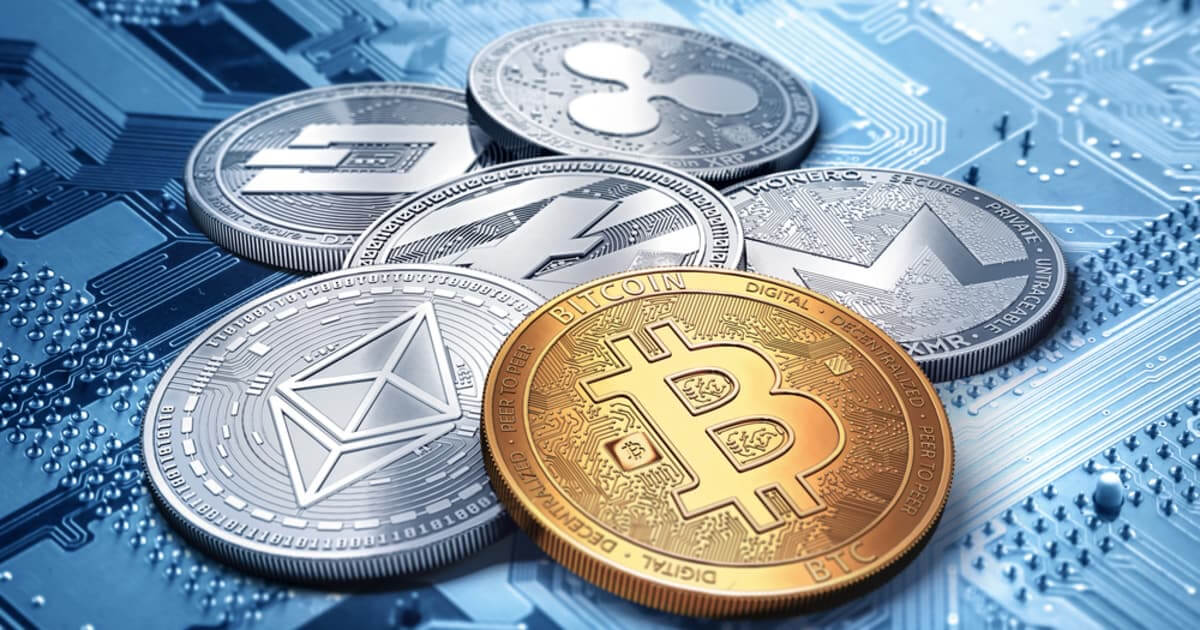Low-Latency Crypto Futures Platforms: Speed, Fees, and Reliability Compared
News Publisher Sep 16, 2025 09:09
Crypto futures trade continuously, and execution speed, fee structures, and system reliability all affect trading outcomes.

Crypto futures trade continuously, and execution speed, fee structures, and system reliability all affect trading outcomes. This guide explains why latency matters, who benefits most from low-latency infrastructure, and how platform features such as APIs, margin systems, and transparent fee models shape the trading experience.
Why latency matters in crypto futures
Traditional futures markets close daily, but bitcoin and ethereum futures trade around the clock. This creates opportunities that may depend on millisecond-level execution. Delays in order placement or data feeds can affect strategies such as scalping, arbitrage, or high-frequency trading. A move of several percentage points can occur within seconds during periods of high volatility, making system speed and reliability important factors.
Who benefits from low-latency systems
Not all futures traders need the fastest systems. Scalpers who place dozens of trades per hour depend on very short execution times, often under 10 milliseconds, to capture small price changes. High-frequency strategies that monitor perpetual funding differences across markets also benefit from fast routing and execution since arbitrage windows may last only seconds.
Algorithmic developers often require stable WebSocket connections and APIs that deliver real-time order book data. Because crypto markets never close, interruptions during off-hours can cause significant losses. For high-volume traders, fee structure may be as important as latency, since small differences in maker and taker fees compound when many contracts are executed.
Key platform features
Execution speed and data feeds
Execution speed includes not only the time required to place and fill orders, but also how quickly order book updates and price data are delivered. Some platforms invest in colocation or optimized server routing, but even cloud-based systems need low-latency data delivery to remain competitive.
System reliability
Reliability is especially important in a 24/7 market. Outages or degraded performance during weekends or off-hours can result in missed trades. Redundant data centers, automated failover, and continuous support are common features of platforms designed for professional trading.
Fee models
Most crypto futures venues use maker-taker pricing, where providing liquidity earns rebates or lower fees while removing liquidity incurs higher fees. Perpetual contracts also include funding payments exchanged between long and short positions. Each exchange publishes details of its trading costs; Kraken’s are listed in its fee schedule.
Platform comparisons
Crypto futures platforms can differ in speed, fee structure, and API support. Some venues emphasize colocation and sub-millisecond matching, while others prioritize wide asset coverage or extensive derivatives options. For example, exchanges such as Kraken, Deribit, Binance Futures, Bybit, and OKX report different ranges for execution latency and maker-taker fees, and offer varied API protocols. Professional traders often compare these features directly to select the venue that fits their strategies.
Risk management and transparency
Speed is not the only consideration. Platforms that publish solvency checks help build user confidence. Kraken, for instance, provides Proof-of-Reserves so traders can verify that customer liabilities are backed by assets. Tools such as cross-margin and isolated margin modes also play a role in risk control, affecting how positions are sized and liquidated under stress.
Selecting the right setup
Platform choice depends on strategy and scale. Scalpers and short-term traders emphasize execution speed and depth of the order book. Algorithmic strategies require reliable APIs and stable connectivity. High-volume traders focus on transparent fees and tiered discounts, since commission costs directly affect net returns. Education is also a factor—Kraken offers a learning resource on crypto futures that covers key concepts for those evaluating platform features.
Frequently asked questions
What latency speed is required for scalping?
Execution speeds under 10 milliseconds are typically necessary to capture small moves in high-volatility markets. Delays longer than 25 milliseconds may reduce the effectiveness of these strategies.
How do crypto futures fees work compared to traditional brokers?
Most crypto platforms use maker-taker pricing as a percentage of trade value, rather than fixed per-contract fees. Costs vary by venue.
Which platforms have reliable uptime during stress events?
Large exchanges generally maintain redundant infrastructure and automatic failover systems to remain operational during sharp price movements. Reliability is reported by each venue.
Can bitcoin be used as collateral for ethereum futures?
Yes. Many exchanges support cross-collateralization, though haircut rules and conversion costs vary. Terms should be reviewed with each platform.
What API features matter most for algorithmic traders?
Important features include real-time order book data through WebSocket, REST endpoints for order management, and rate limits that accommodate the intended strategy. Documentation and stability during high volume are also key considerations.
Image source: Shutterstock.jpg)